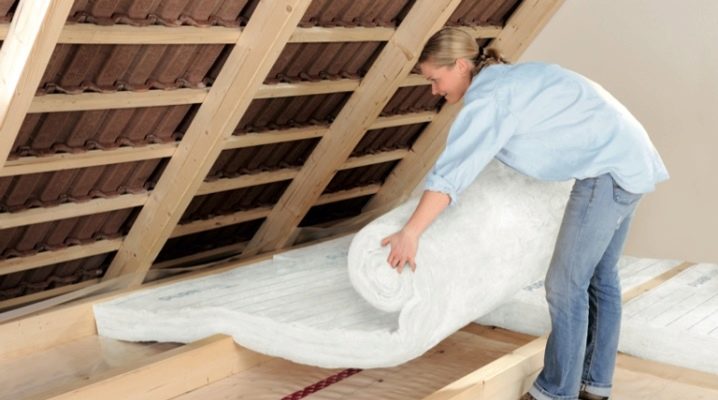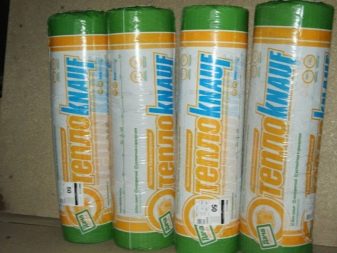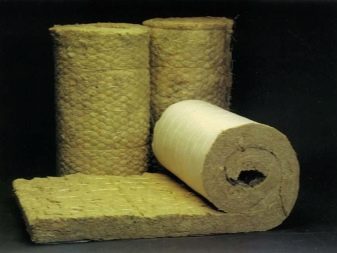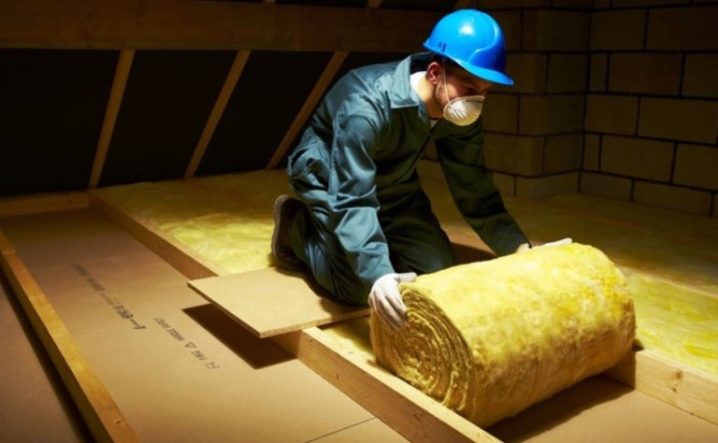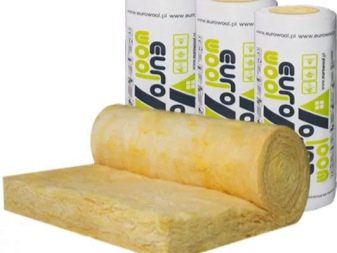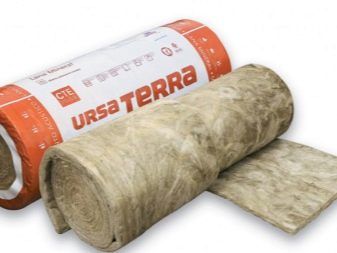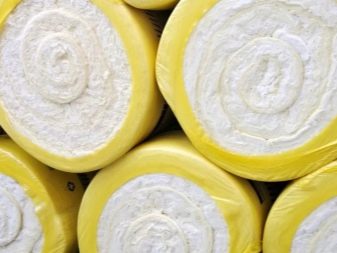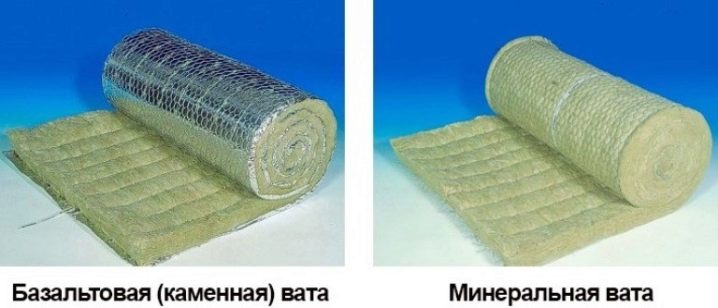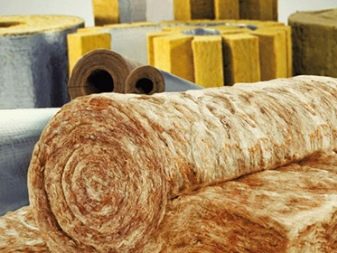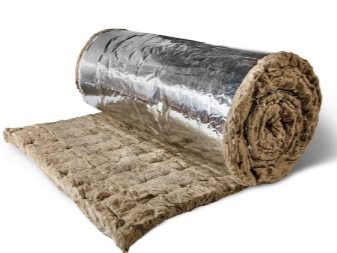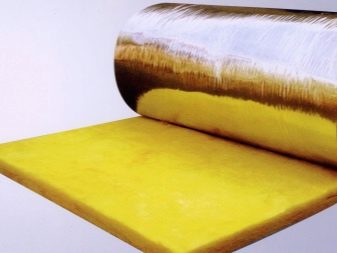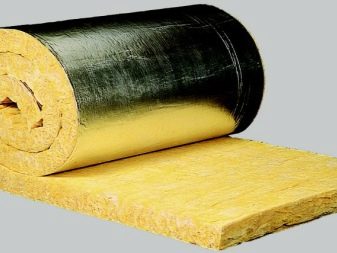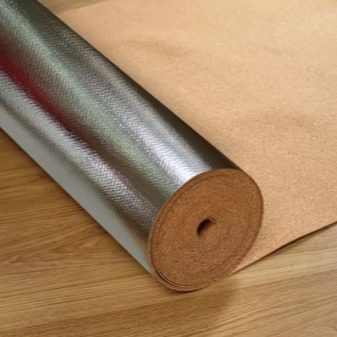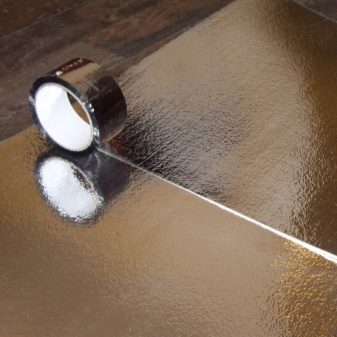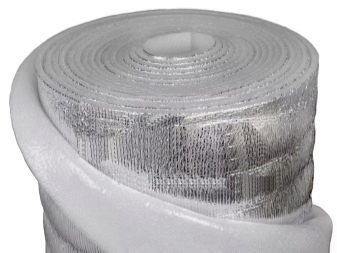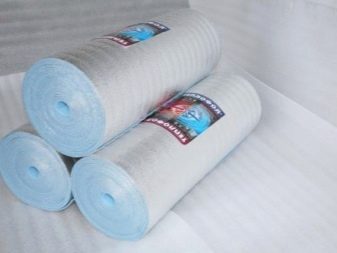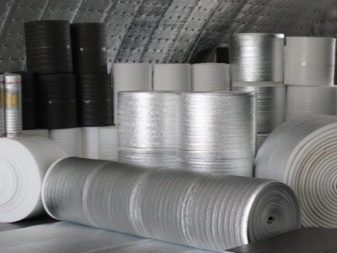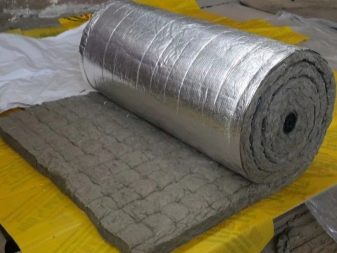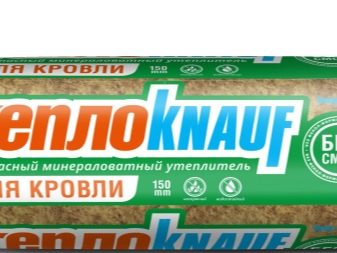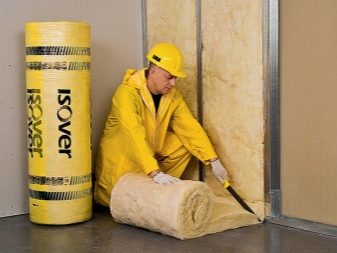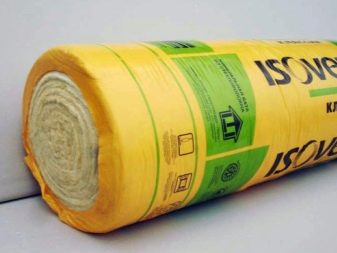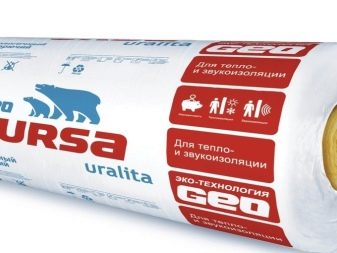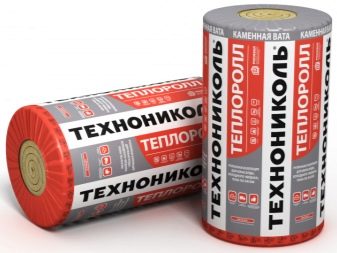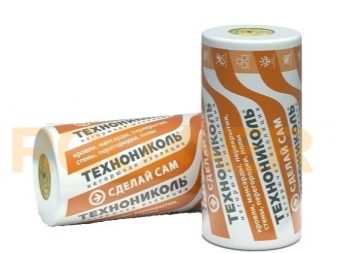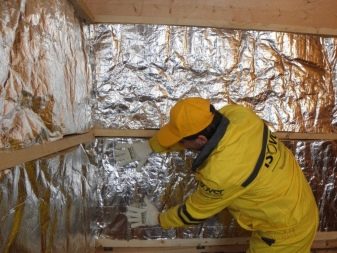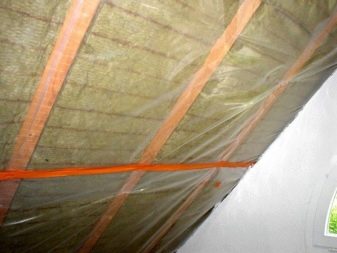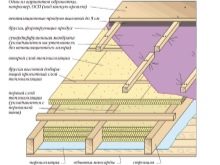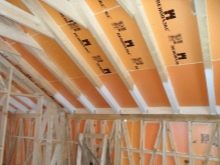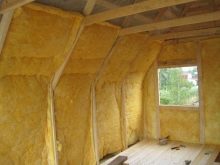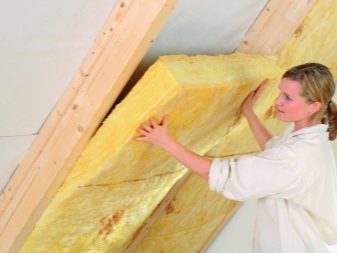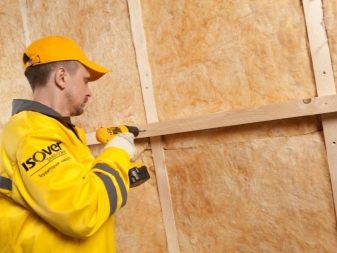Description of rolled insulation: what are and how to choose?
When insulating large areas, not insulating plates, but rolls with insulation show the best efficiency. The same applies to pipes and ventilation ducts. Their main difference is the increased density, and the consequence to this is the high rigidity of the coating, which makes it possible to insulate objects with non-standard geometry much better.
Species Features
There are several types of insulation, mainly divided by their composition.
Minwat
One of the most common in the Russian market is mineral wool insulation material. This is mainly due to the combination of price and technological properties of the material itself. It is very easy to operate.It is advisable to choose white, soft and self-adhesive material for the timber.
The name "mineral wool" is inherent in a variety of insulating materials, which are different in their composition and properties. Not very popular is insulation, which is made by melting some rocks with the formation of certain fibers. In the manufacture of these fibers are woven into a single carpet, this wool is called "basalt". For any inhabitant of Russia and the CIS, the term “glass wool” is also familiar.
This heat-insulating matter is an outdated technology, but because of its price, it is still in demand today. It is made by melting broken glass into single fibers. There is also cotton wool obtained in the process of smelting metallurgical industry waste (slag).
Because of the raw materials used in its manufacture, its price is much lower than that of glass wool or basalt wool.
Features, Pros and Cons
Cotton wool differs from each other in technical characteristics. Glass wool has a high temperature threshold of 450 degrees, after which the material becomes irreversible damage.The density of glass wool is 130 kg / m3, and thermal conductivity is about 0.04 W / m * s. This material is not flammable, it does not smolder, has a high threshold of vibration and sound absorption.
Over time, there is virtually no shrinkage, including options for long-term operation.
The disadvantages include the fact that when water enters, all the positive properties of this material disappear. Glass wool is a rather fragile and brittle material. In contact with skin, it causes irritation, itching, which is problematic to withdraw.
If it enters the organs of vision, it can seriously harm them, as well as if it enters the nasopharynx. It is necessary to work with such material in closed clothes.
Basalt cotton wool withstands high temperatures (up to 710 degrees). Its thermal conductivity is about 0.04 W / m * C, the density varies from 210 to 230 kg / m3. Unlike glass wool, this material is not afraid of moisture, and also does not lose its properties. At hit on skin the rolled heater does not cause irritation or an itch.
The largest mass and density has slag. Its density fluctuates around 390-410 kg / m3, and its thermal conductivity is about 0.047 W / m * s.However, its maximum temperature is much lower (about 300 degrees). Slag melts, its structure is also destroyed in the process of melting, and it is irreversible.
The sizes of these materials vary, they depend on the established standards of the manufacturer. However, the most common are:
- length from 3 to 6 m;
- Width standard 0.6 or 1.2 meters.
Some manufacturers make other sizes in width (0.61 m). The thickness of the wool is standard (20, 50, 100 and 150 mm).
Foil material
Often one side of the insulation is covered with a layer of foil material. This allows you to save the coating from exposure to moisture, ultraviolet rays. Most often, these materials are used for internal insulation of premises, the wool itself can be absolutely any. Types of such material are diverse. These include expanded polystyrene, cork, polyethylene.
The main popular material on the market is polystyrene foam. It is very practical and inexpensive. It copes with sound insulation and vibration. The length of the roll is usually 10 m, the width does not exceed 0.5 m. This material does an excellent job with moisture and fungus. However, according to the degree of thermal insulation, it is significantly inferior to foamed polyethylene.
Thermal insulation with a stopper is characterized by high strength, low weight, harmlessness and good appearance. For wet rooms it is recommended to use cork flooring with wax impregnations. The dimensions of this material are the same as that of polystyrene foam. A pretty good material is polyethylene foam. It is a small cell with air, located on the edges of cardboard or paper.
The substrate is fixed by lamination. Due to this, it is possible to achieve the most durable and reliable connection with any type of base. Rolled insulation has good thermal performance. Depending on the destination, there are foiled and metallized coatings.
Foil type of material will be more suitable for steam reflection, metallized spraying is necessary for vapor containment.
Spraying is very fragile and is damaged by small mechanical effects. Foil material has excellent heat reflecting characteristics. It is less susceptible to mechanical damage. Today, silver material with a reflector is quite popular.
Manufacturers and selection criteria
One of the leading companies for the production of roll insulation is a German company. Knauf. A distinctive feature of products - the absence of formaldehyde. In addition, the materials are characterized by ease of use. This company virtually every roll provides installation instructions that will allow novice builders to do the work of insulation better. Due to the composition of such insulation can not live insects (beetles, ants) and rodents (rats).
No less famous is the French brand. Isover. This company has a huge selection of roll-type insulation. Foil rolls are also available. The products of this company are used for the insulation of the interior, as well as outside the buildings.
Due to its composition, it is fireproof, does not sustain combustion in case of fire or brief fire, and self-extinguishes.
The most common Spanish company in the European part of Russia URSA. Its products are somewhat cheaper than the French brand, the range is not inferior to it at all, which makes materials in demand among the buyer. The company gives a very long warranty on their products,It is better to specify exact numbers of the guarantee immediately before purchase.
The cheapest heater produces domestic brand "TechnoNIKOL"which is aimed at people of moderate means. The quality of this material is incomparable with foreign counterparts, but the insulation is very much in demand by people involved in their own construction of cottages or private houses. Due to the price, this is a favorite thermal insulation of management companies and other organizations that want to do something voluminous for little money. Differs in its quality and mineral wool "Warm home".
When buying, it is important to remember that different types of insulation are required for different types of premises, as well as ceiling insulation is extremely undesirable in applying to the floor (and vice versa).
Wall insulation has its own characteristics, because the purpose of each type of insulation is slightly different, as well as properties. Some moments also depend on the material of the structure on which the roll insulation is attached. You need to look at how the moisture affects the material to take this into account when choosing.
Mounting technology
The technology of installation of rolled insulation is slightly different from the plates. Initially, they start to insulate the walls or the floor.The walls are mostly made of slabs, like a direct ceiling. Because often, the floor and pitched ceiling-walls are suitable for insulation and installation. When warming the floor is worth seeing what kind of insulation is available.
Mostly used insulation in foil, but sometimes the insulation coils are covered with a conventional insulating foil or metal film. The insulation should be 1 cm away from the walls. This is due to the fact that with changes in temperature the material shrinks and expands. The lack of free space in the metallized or foiled insulation leads to its deformation and damage over time.
Ceiling (pitched) insulation attached between the rafters, cutting a little more to insert better between the boards. Insert them strictly upwards to avoid voids. After mounting, the surfaces are clamped with main profiles or boards for applying additional (eg, vapor barrier) materials on top. Work is carried out especially carefully.
We turn to the installation of walls with a roll of insulation from the inside. Produce it by preparing the walls for pasting. Special glue for wool is bred, the wall should not be putty or plaster, only bare concrete or brick is allowed.The composition is applied to the wall evenly under a special comb, and then proceed to the gluing of rolls, which for convenience can be cut.
In this case, it is desirable to make the wall itself in a level, a plane, if there are no further plans for stitching into a box or gluing glass screenings. After the material is mounted on the wall, it is necessary to fasten it, Each petal should be slightly drowned in cotton. At least 1 fixing holes must be made per m2. It is better to fix the sheets themselves and the space between them (in this case, both sheets will grab, thus avoiding distortion, bring the level and the plane).
After the sheets are set, a layer of glue should be applied. The technology resembles a putty, just another solution. It is important to monitor the level and plane. It is necessary to make at least two passes, since from the first time a good layer will be problematic. After alignment, regardless of the type of room, you can proceed to the following work. When installing drywall sheets inside the house, they are fixed with dowels to the thermal insulation layer, which is preferably treated with glue, as in the previous paragraph.
For the benefits of URSA rolled insulation, see the video below.
